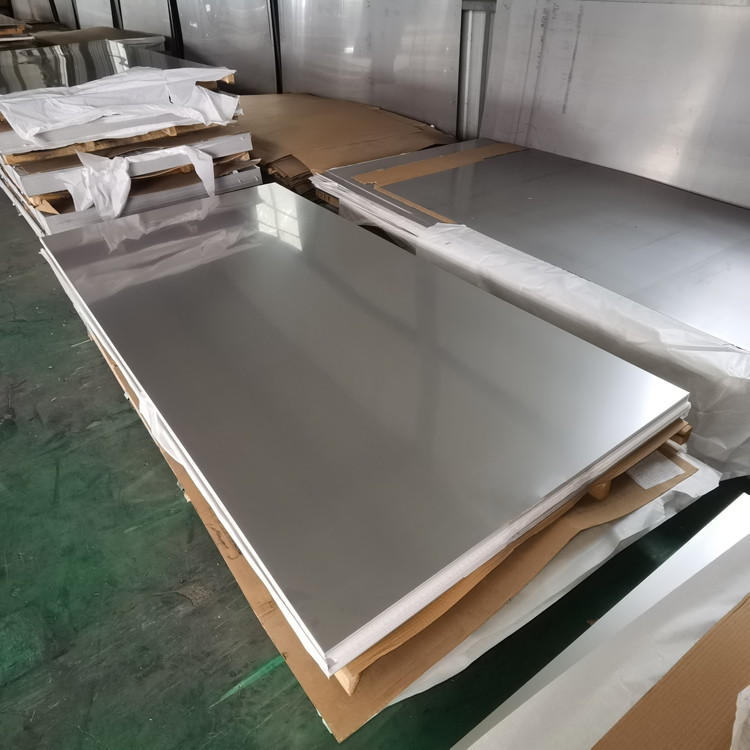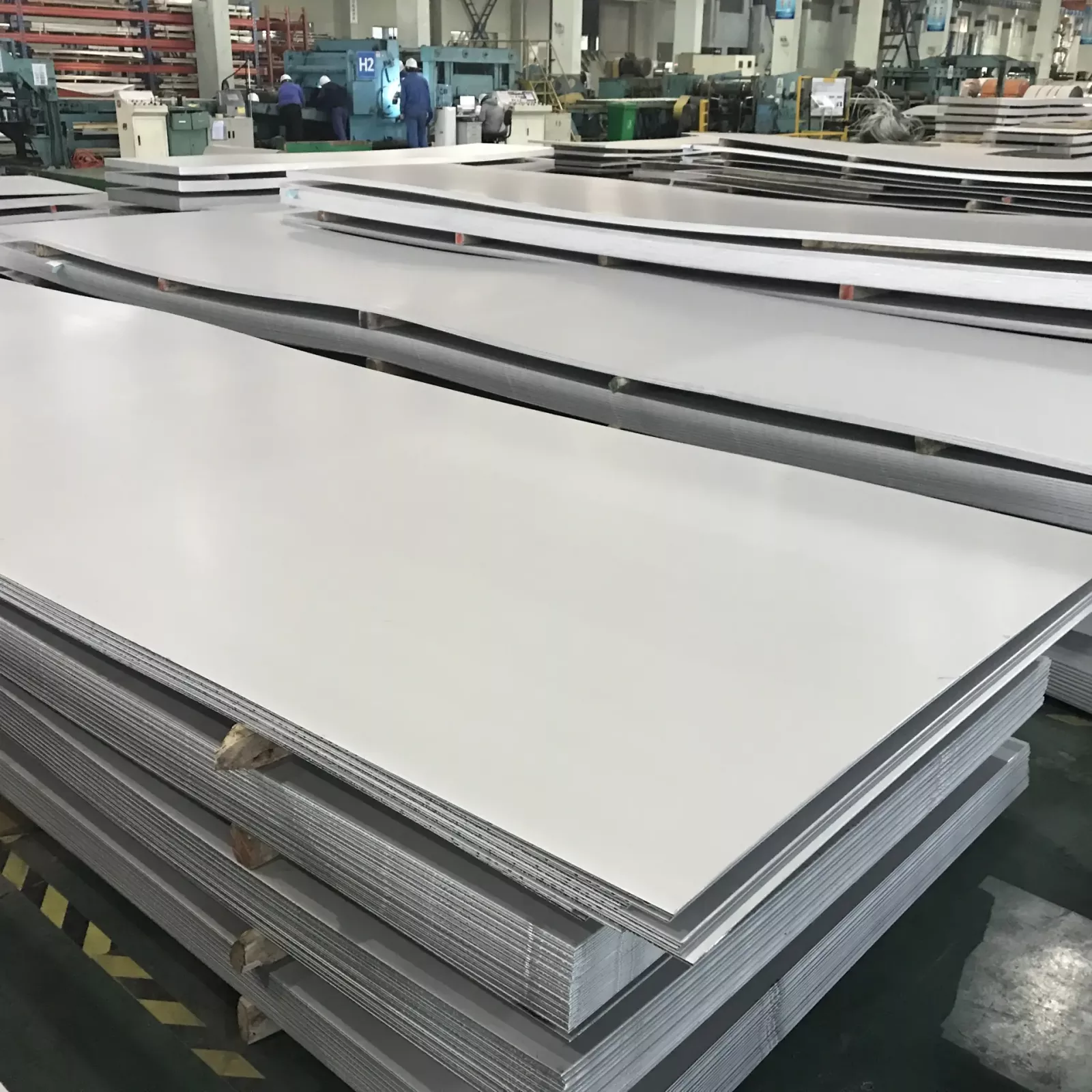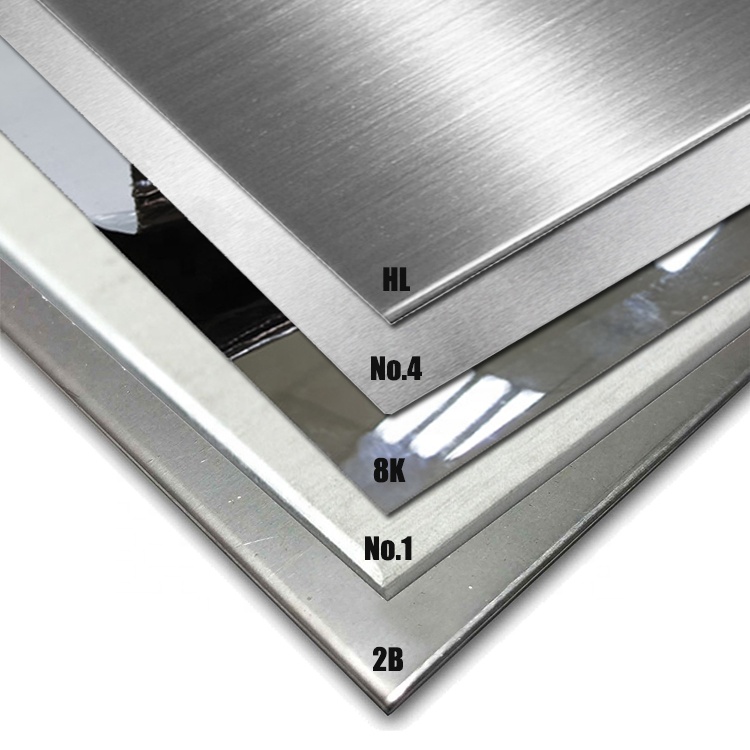
Stainless steel,refers to the metal materials widely used in petroleum, chemical industry, chemical fertilizer, food, national defense tableware and other industries. But many other metal materials will be corroded after being used for a certain period of time. According to incomplete statistics, one quarter of the metal products are scrapped due to corroded metal materials every year. However, stainless steel sheet or coil is an element with corrosion resistance, and stainless steel metal processing materials have become the only choice for more and more people.

Why is stainless steel corrosion resistant? It is understood that stainless steel and acid resistant steel contain certain acid resistance, which can reduce the corrosion degree of stainless steel to a certain extent.
Stainless steel installation structure can be divided into ferrite type; Martensitic stainless steel; Orr type stainless steel.

Although austenitic stainless steel has good resistance to uniform corrosion, the following problems still exist in terms of part corrosion resistance:
Intergranular corrosion of austenitic stainless steel. When austenitic stainless steel is kept warm at 450 ~ 850 ℃ or cooled slowly, intercrystalline corrosion will occur. The higher the carbon content, the greater the tendency of intergranular corrosion. In addition, intergranular corrosion also occurs in the heat affected zone of the weldment. This is due to the precipitation of Cr rich Cr23C6 on the grain boundary. The chromium poor area is formed in the surrounding matrix, which is caused by the corrosion of the primary cell. This intergranular corrosion phenomenon also exists in the ferritic stainless steel mentioned above.

The following methods are often used in engineering to prevent intergranular corrosion:
(1) Reduce the amount of carbon in the steel, so that the amount of carbon in the steel is lower than the saturated solubility in austenite under equilibrium. Fundamentally solve the problem of precipitation of chromium carbide (Cr23C6) on the grain boundary. Generally, the requirement of intergranular corrosion resistance can be met when the carbon content in steel is reduced to less than 0.03%.
(2) Adding Ti, Nb and other elements that can form stable carbides (tic or NBC) to avoid the precipitation of Cr23C6 on the grain boundary,which can prevent the intergranular corrosion of austenitic stainless steel.
(3) By adjusting the ratio of austenite forming elements to ferrite forming elements in the steel, it has the dual phase structure of austenite plus ferrite, in which ferrite accounts for 5% - 12%. This dual phase structure is not easy to produce intergranular corrosion.
Hong Wang Stainless Steel Solid Color Series
2023-03-24321 and 304 stainless steel corrosion resistance and high temperature performance
2024-07-06Steel Pipe Dimensions & Sizes Chart (Schedule 40, 80 Pipe) Means(1)
2023-05-08In-Depth Analysis of Global Supply and Demand for Silicon Steel
2025-10-30Surface condition of stainless steel plate
2021-09-09Stainless Steel Water Pipe Market Scale Reveals: Unlimited Potential Investment Opportunities
2025-10-27






